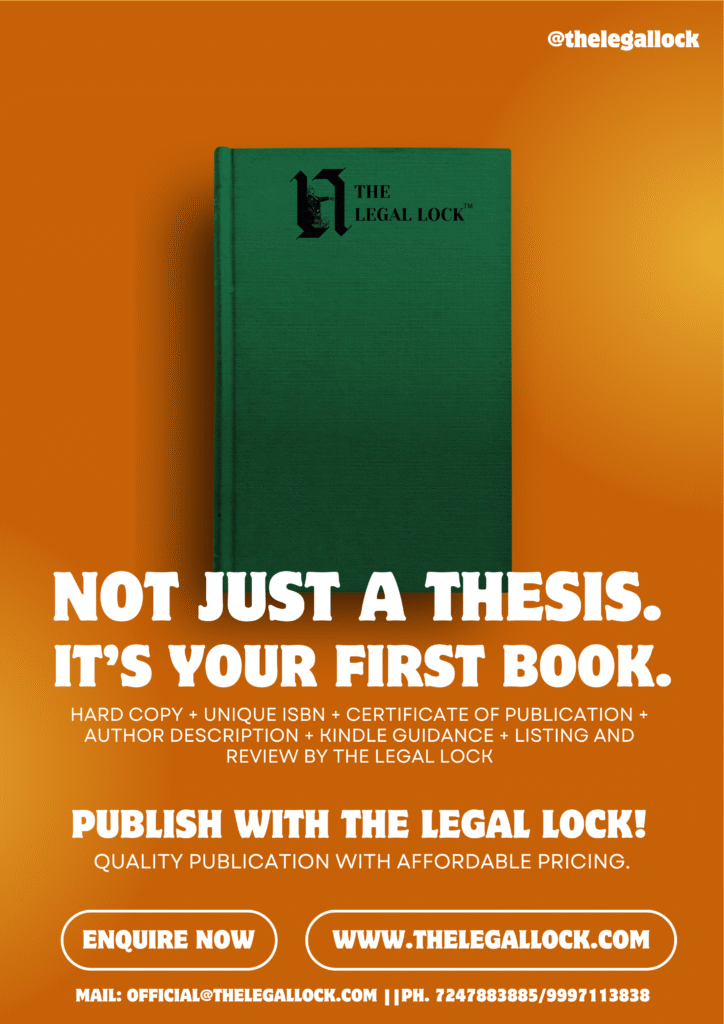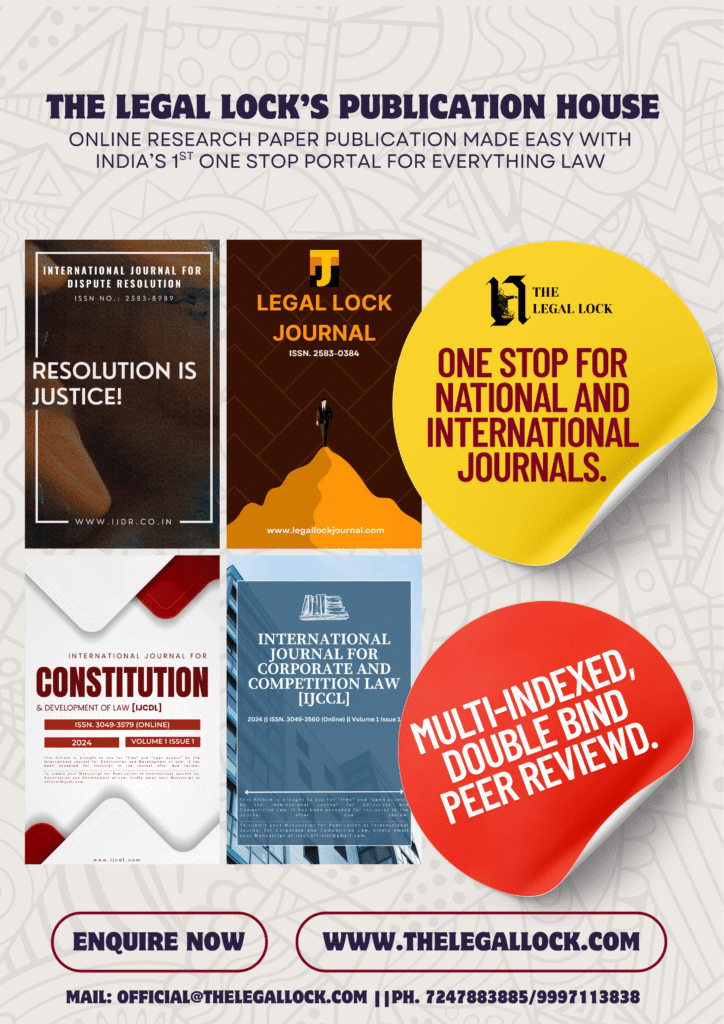Mesne Mortgagee Rights: Comprehensive Analysis

1. Introduction
The rights of mesne mortgagees form a crucial aspect of property law, especially in cases involving successive mortgage transactions. A mesne mortgagee is one who holds a mortgage subsequent to an earlier mortgage. Their rights often come into play when multiple parties are involved in the chain of ownership or security interests over the property. The legal framework governing mesne mortgagees is primarily codified under Section 94 of the Transfer of Property Act, 1882 (TP Act).
This provision grants mesne mortgagees rights similar to those of the original mortgagor concerning subsequent mortgagees. It ensures that their interests are protected in the hierarchy of mortgage transactions. The principle of “first in time, first in right” plays a pivotal role in defining these rights. The mesne mortgagee has the ability to redeem prior mortgages but can be foreclosed by subsequent mortgagees.
In India, the legal landscape surrounding mesne mortgagees has been further clarified by judicial interpretations through key case laws. This provision grants mesne mortgagees rights similar to those of the original mortgagor concerning subsequent mortgagees. It ensures their interests are protected in the hierarchy of mortgage transactions. The principle of “first in time, first in right” plays a pivotal role in defining these rights. The mesne mortgagee can redeem prior mortgages but may be foreclosed by subsequent mortgagees.
The complexities surrounding the rights of mesne mortgagees arise primarily due to successive mortgage transactions, which can lead to disputes over priorities, redemption rights, and foreclosure proceedings. Without proper legal safeguards, mesne mortgagees often find their rights overlooked, especially when foreclosure actions are initiated without their involvement. Section 94 seeks to address these issues by recognizing their rights akin to those of the original mortgagor. Through a detailed examination of this statutory provision and the judicial interpretations surrounding it. This article delves into the scope and significance of mesne mortgagees’ rights. It provides a comprehensive analysis of key case laws that have shaped the current understanding of their legal standing.
In essence, the rights of mesne mortgagees under Section 94 of the TP Act are critical for ensuring fair treatment in mortgage transactions involving successive encumbrances. Judicial precedents have played a key role in clarifying the scope of these rights, ensuring that mesne mortgagees are not marginalized. This article aims to explore these rights in depth, analyzing key case laws and judicial interpretations to provide a thorough understanding of the legal framework governing mesne mortgagees and their rights in property law.
2. Section 94 of the Transfer of Property Act, 1882
Section 94 of the TP Act stipulates the rights of mesne mortgagees as follows:
“Where property is mortgaged successively to different persons, a mesne mortgagee shall, in regard to the rights of the subsequent mortgagees, have the same rights as he has against the original mortgagor.”
This provision establishes that a mesne mortgagee enjoys rights that mirror those held against the original mortgagor concerning subsequent mortgagees. The principle underlying Section 94 is based on the doctrine of “first in time, first in right,” meaning that the rights of the mesne mortgagee are comparable to those of the original mortgagor when dealing with subsequent mortgagees. In other words, the rights that the mesne mortgagee holds in relation to the original mortgagor are extended to their relationship with subsequent mortgagees.
3. Historical Background and Context of Mesne Mortgagee
Before the enactment of Section 94, the rights of mesne mortgagees were primarily governed under Order XXXIV, Rule 11 of the Code of Civil Procedure, 1908. The provision recognized the “Redeem Up, Foreclose Down” rule, which emphasized the priority of the rights of mortgagees based on their temporal order. In earlier legal systems, the absence of statutory recognition of mesne mortgagees’ rights often led to disputes regarding their exclusion from foreclosure proceedings. Courts were compelled to address issues concerning the priority of rights between successive mortgagees. Section 94 codified the rule and provided a more systematic approach.
4. Case Law Analysis
- Nair Service Society, Changanacherry v Jnana Ashram [1],
In this landmark judgment, the court clarified the rights of mesne mortgagees under Section 94 of the TP Act. The court held that a mesne mortgagee has the right to redeem the prior mortgagee and foreclose any subsequent mortgagees. The principle of “Redeem Up, Foreclose Down” was upheld, emphasizing the rights of a mesne mortgagee as akin to those of the original mortgagor against successive mortgagees. The court emphasized that a foreclosure action taken without including mesne mortgagees as parties would not bind their rights. - Rani Chhatra Kumari v Mohan Bikram [2]
The Privy Council in this case discussed the relationship between prior mortgagees and mesne mortgagees. The court ruled that mesne mortgagees retain their rights to redeem prior mortgagees even if foreclosure proceedings are initiated without their inclusion as parties. The decree in a foreclosure suit does not operate as res judicata against the rights of mesne mortgagees unless they are made parties to the suit. - Krishna Kumar Khemka v Grindlays Bank PLC [3]
The court held that a mesne mortgagee’s right to redeem a prior mortgage is subject to a limitation period. This period is 12 years under Article 132 of the Limitation Act, 1963. The case clarified that the mesne mortgagee could not claim a longer period. Instead, they had a limited window of opportunity to enforce their rights. - V Ethiraj v S Sridevi [4]
The Supreme Court reaffirmed that a mesne mortgagee must be made a party to prior foreclosure proceedings to protect their rights. The court emphasized that the absence of a mesne mortgagee as a party in the foreclosure suit does not extinguish their rights under Section 94. The mesne mortgagee retains the right to redeem a prior mortgagee, even after the foreclosure proceedings. - Pandey Oraon v Ram Chandra Sahu [5]
The court examined the rights of an auction purchaser vis-à-vis mesne mortgagees. The court held that an auction purchaser, who acquires the rights of both the mortgagor and the prior mortgagee, cannot extinguish the rights of a mesne mortgagee unless they redeem or foreclose the mesne mortgage.
- Gobinda Chandra v Dwarka Nath [6]
The court reiterated that the omission of mesne mortgagees from prior foreclosure suits does not affect their rights. They continue to hold the right to redeem the prior mortgagee, regardless of their exclusion from the suit.
5. Key Principles of Mesne Mortgagee Emerging from Case Law
- “Redeem Up, Foreclose Down” Rule:
This principle remains central to Section 94. A mesne mortgagee has a right to redeem any prior mortgagees but can be foreclosed by subsequent mortgagees. The courts have consistently upheld this principle, emphasizing the priority of rights. - Limitation Period for Mesne Mortgagees:
The limitation for mesne mortgagees under Article 132 of the Limitation Act, 1963, is 12 years from the date when their right to sue for redemption accrues. - Rights Not Extinguished by Foreclosure Proceedings:
The judgment in Joshua v. Alliance Bank [7] highlights that mesne mortgagees’ rights are not extinguished if they are not made parties to the foreclosure suit. - Auction Purchasers’ Rights:
In U Theta v U Aresena [8], it was held that auction purchasers cannot dispossess mesne mortgagees unless they redeem the latter’s rights.
6. Practical Implications of Mesne Mortgagee
- For Mortgagees:
Mortgagees must ensure all successive mortgagees, including mesne mortgagees, are made parties to foreclosure or sale proceedings to avoid jeopardizing their rights. - For Auction Purchasers:
Auction purchasers must recognize that they acquire only the rights existing at the time of the mortgage. They cannot deny the rights of mesne mortgagees unless those rights are extinguished through redemption. - For Mesne Mortgagees:
Mesne mortgagees should remain vigilant to their rights under Section 94 and ensure they are included in foreclosure proceedings to safeguard their claims for redemption.
7. Conclusion
The rights of mesne mortgagees, as enshrined under Section 94 of the Transfer of Property Act, 1882, are critical. They play a key role in property law, especially in cases involving successive mortgage transactions. This provision ensures mesne mortgagees have recourse amid complexities arising from multiple encumbrances. By extending the rights of redemption and protection, Section 94 seeks fairness in the hierarchy of mortgagees. Judicial interpretations have reinforced the significance of mesne mortgagees’ rights. They ensure that mesne mortgagees’ legitimate claims are not overlooked in foreclosure and redemption proceedings.
Landmark judgments have emphasized the principle of “first in time, first in right.” Mesne mortgagees have a vested interest in prior encumbrances. Courts upheld that mesne mortgagees possess the right to redeem prior mortgages. This safeguards their legitimate interests against subsequent mortgagees. The decision reinforced that priority of claims must be respected, unless altered by agreements or statutory provisions. These precedents highlight the necessity of providing mesne mortgagees a platform to assert their rights. This prevents the unjust denial of their claims.
Further, judicial interpretations have consistently stressed the need to strike a balance between the interests of mesne mortgagees and subsequent mortgagees. Courts have cautioned against foreclosures or redemption proceedings that exclude mesne mortgagees, as such actions may lead to inequitable outcomes. The rulings have elucidated that a mortgagee’s rights must be respected in accordance with their position in the chain of mortgage transactions.
The judgment underscored the importance of ensuring that all parties—whether they hold prior or subsequent mortgages—are treated fairly and given the opportunity to protect their interests.
Thus, Section 94 and the interpretations derived from case law underscore the need for legal safeguards to prevent exploitation and ensure that mesne mortgagees are not relegated to a position of disadvantage.
In conclusion, the rights of mesne mortgagees under Section 94 of the TP Act address legal challenges in successive mortgage transactions. Landmark judgments have fortified these rights, granting protection akin to original mortgagors. By upholding the principle of priority, courts ensure equitable treatment of all mortgagees. As the legal landscape evolves, key case laws will guide mesne mortgagees’ rights and obligations. These principles will contribute to the fair and just resolution of property disputes.
[1] Nair Service Society, Changanacherry v. Jnana Ashram, AIR 2017 (NOC) 1103.
[2] Rani Chhatra Kumari v Mohan Bikram, (1931) ILR 10 Pat 851.
[3] Krishna Kumar Khemka v. Grindlays Bank PLC, (1990) 3 SCC 699.
[4] V. Ethiraj v. S. Sridevi, AIR 2014 Kant. 58.
[5] Pandey Oraon v Ram Chandra Sahu, (1992) 2 SCC 7.
[6] Gobinda Chandra v Dwarka Nath, (1908) ILR 35 Cal 837.
[7] Joshua v Alliance Bank, (1895) ILR 22 Cal 185.
[8] U Theta v U Aresena, 199 IC 903.








